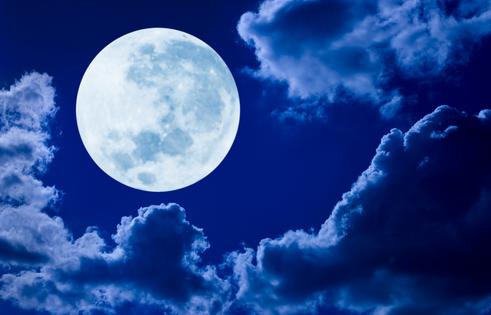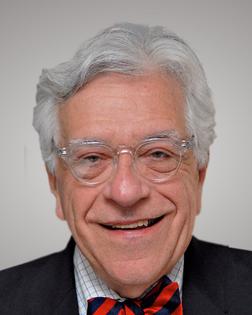The God Squad: Moon years
Civilization in all its forms began when people first learned how to measure time, and the only way they had to do it was to measure the cycles of the moon.
From one new moon when the moon was a sliver of light in the dark sky to another new moon was one month. Twelve cycles of the moon were one year — well not exactly one year. The lunar year is about 11 days shorter than the solar year. What this meant was that if the ancient calendars were needed to mark precisely when to plant and when to harvest, they were going to be a little early every year and eventually the planting month would drift into the harvest time. A new year festival that fell in the spring would eventually fall during the winter. This was acceptable to Islam, which to this day uses a purely lunar calendar in its Hijri calendar to mark the arrival of, for example, the holy month of Ramadan.
Every year Ramadan comes 11 days earlier. Muslims have a beautiful greeting that reflects this lunar/solar gap, “May you live to celebrate Ramadan in every season of the year.” Judaism, by contrast, which had holidays that were tied to the harvest cycle (like Sukkot), had to introduce occasionally an extra month (Adar II) to bring the holidays back into their appropriate season. Chinese and Hindu calendars are also lunisolar with additional months added periodically to correct for seasonal drift. This is all the result of the fact that 12 cycles of the moon are not quite equal to one trip around the sun. The lunar new year brings us back to the important truth that the way we measure time is a cultural choice not a natural event. Calendars provide spiritual support and spiritual structure for our lives.
In any event, the lunar New Year, also called Chinese New Year, is upon us on February 1. This year is the year of the tiger, which I am sure is encouraging to all you Cincinnati Bengals fans. In China, Vietnam and Korea and indeed throughout Southeast Asia, this is a very big time for celebrations.
Let’s just examine some of the Asian New Year’s customs.
In South Korea, the lunar new year celebrations last for three days and are called Seollal. In Malaysia, the holiday lasts for 15 days. I love the fact that all Asian customs involve the remembering of ancestors and the honoring of elders with visits and deep bows (seh bae) after which the kids get some New Year’s money in red envelopes called seh bae don. In Singapore, the red envelopes have the word fu printed on them which means good luck. Special New Year’s garments are worn to honor the holiday. They are called hanbok in Korea and ao dai in Vietnam.
Of course, holiday foods also are used to convey holiday hopes. Fish are eaten on New Year’s because fish are a symbol of bounty. Also, round foods appear in many cultures as a way of expressing the hope that we will all be alive and well after one more cycle of the year. In the Philippines, people wear clothing with polka dots because round is good. In Korea, the round dumplings are called mandu. Long is also good. Long noodles (japchae) convey the slurpy hope for a long life. The typical New Year’s foods in Singapore include a salad called yusheng. My favorite Korean custom is that of flying a kite in honor of the new year (yeonnalligi). In Korea, and especially in China, red (and also gold) is the typical New Year’s color.
There are also superstitions associated with the new year. It is considered bad luck to buy new shoes, cut or wash your hair or throw anything out during Chinese New Year.
In Singapore, there is a big parade called chingay that celebrates the large Chinese population. Throughout the world the lion dancers are a beloved feature of the Chinese New Year’s Chingay parade.
Throughout Southeast Asia it is also customary for Buddhists to pay respect to Buddha by going to a temple and lighting incense.
There is a need to mark the passage of time and the first way to do that was to watch the moon. I like that link to nature provided to us by moon time. I like it more than our sterile digital world where time has nothing to do with the flow of nature and the universe. The moon has given us something to look up to that does not burn our eyes like the sun. It invites us to enter the mystery of sacred time … and eat some noodles.
So, in Cantonese, I wish you “gong hei fat choy” which means “wishing you great happiness and prosperity.” In Mandarin, the same greeting is “gong xi fa cai.”
Happy Year of the Tiger!
(Send ALL QUESTIONS AND COMMENTS to The God Squad via email at godsquadquestion@aol.com. Rabbi Gellman is the author of several books, including “Religion for Dummies,” co-written with Fr. Tom Hartman.)
©2022 The God Squad. Distributed by Tribune Content Agency, LLC.
(c) 2022 THE GOD SQUAD DISTRIBUTED BY TRIBUNE MEDIA SERVICES, INC.












Comments